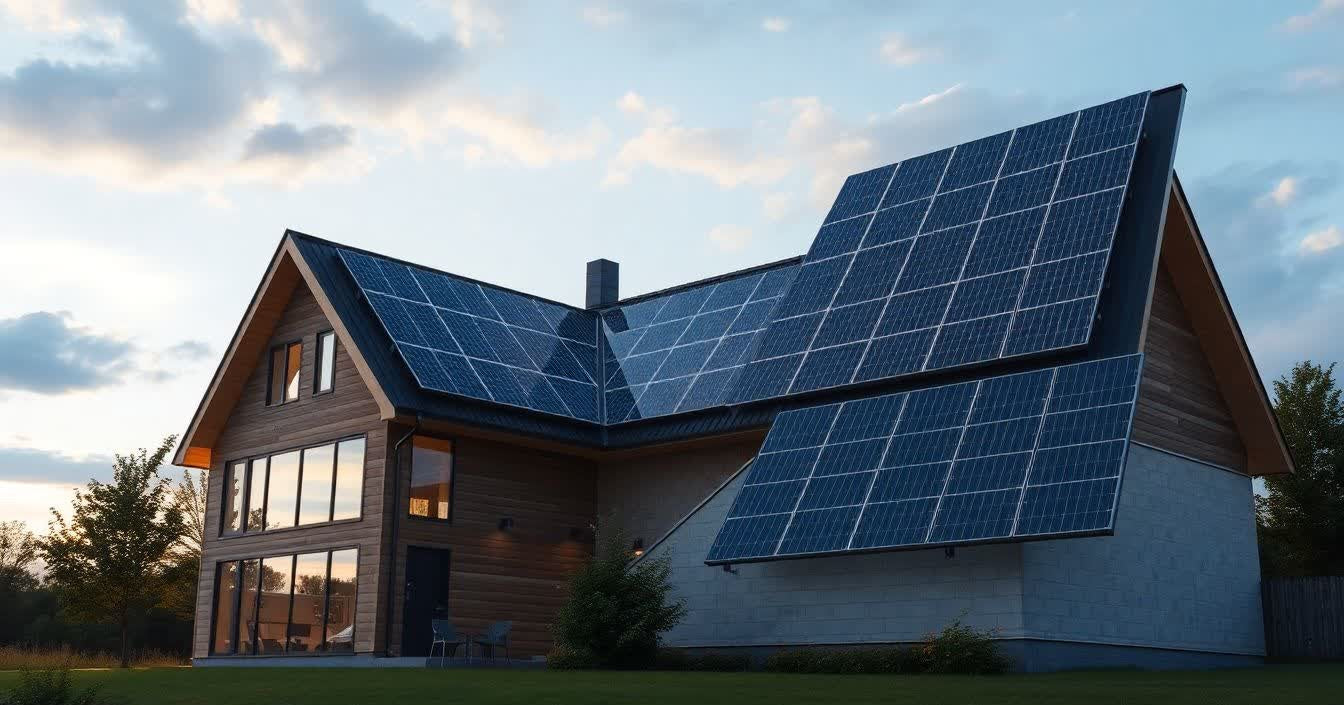
Electrical Trends in 2025: Predicting Upcoming Innovations in Panelboards
As we move towards 2025, the electrical industry is poised for remarkable innovations, particularly in the realm of panelboards. Panelboards play a crucial role in modern electrical systems, distributing power and ensuring the safe operation of electrical devices. With advancements in technology, changing regulations, and a growing emphasis on sustainability, several trends are expected to reshape the future of panelboards. Here’s a closer look at what to expect in the upcoming years.
Smart Panelboards
One of the most significant trends will be the rise of smart panelboards. These devices are equipped with advanced monitoring and diagnostic capabilities, allowing real-time data analysis of electrical consumption. Smart panelboards can communicate with other devices and the cloud, providing users with critical insights into energy usage, potential faults, and overall system performance. This connectivity enables proactive management of electrical systems, facilitating timely maintenance and reducing operational costs.
Enhanced Energy Efficiency
As energy efficiency becomes a global priority, innovations in panelboard design will focus on minimizing energy losses. Expect to see increased adoption of energy-efficient components and technologies, such as the integration of variable frequency drives and peak load management systems. These advancements will allow for better control over energy distribution, helping users to lower their carbon footprint while optimizing power consumption.
Modular and Flexible Designs
The demand for customizable electrical solutions is on the rise, as businesses and homeowners seek flexibility to adapt to evolving needs. Panelboards in 2025 will likely showcase modular designs that allow for easy upgrades or modifications. This modular approach not only simplifies installations but also enhances maintainability. Users can replace or add modules as required without needing a complete overhaul, ensuring the system remains aligned with changing technologies and requirements.
Increased Renewable Energy Integration
With the global shift towards renewable energy sources, panelboards will play a pivotal role in facilitating the integration of solar panels, wind turbines, and other sustainable energy solutions. Expect innovations that support dual-source connections, enabling a seamless transition between grid power and renewable energy supplies. Panelboards will become smarter in managing energy flows, optimizing usage, and ensuring that surplus energy can be stored or redirected efficiently.
Enhanced Safety Features
Safety will continue to be a top priority in electrical design. In 2025, panelboards will likely incorporate advanced safety features including:
- Ground Fault Protection: Enhanced systems will better detect and respond to electrical faults to prevent potential hazards.
- Arc-Fault Detection: Sophisticated algorithms will improve fault detection, minimizing the risk of electrical fires.
- Remote Monitoring: Users will have the ability to monitor their panelboards remotely, receiving instant alerts for any anomalies that could indicate a safety concern.
Sustainable Materials and Manufacturing
As part of the commitment to sustainability, the materials used in panelboard manufacturing will evolve. Expect to see an increased use of recycled and eco-friendly materials, alongside processes that reduce waste and energy consumption during production. This shift will not only make panelboards more sustainable but also appeal to environmentally conscious consumers.
Conclusion
The electrical landscape is set to transform by 2025, with panelboards at the forefront of these innovations. From smart technologies to enhanced safety features and sustainable practices, the future promises a more efficient, resilient, and user-friendly approach to power distribution. As these trends develop, they will significantly impact how we manage and consume electricity, paving the way for a more sustainable energy future.